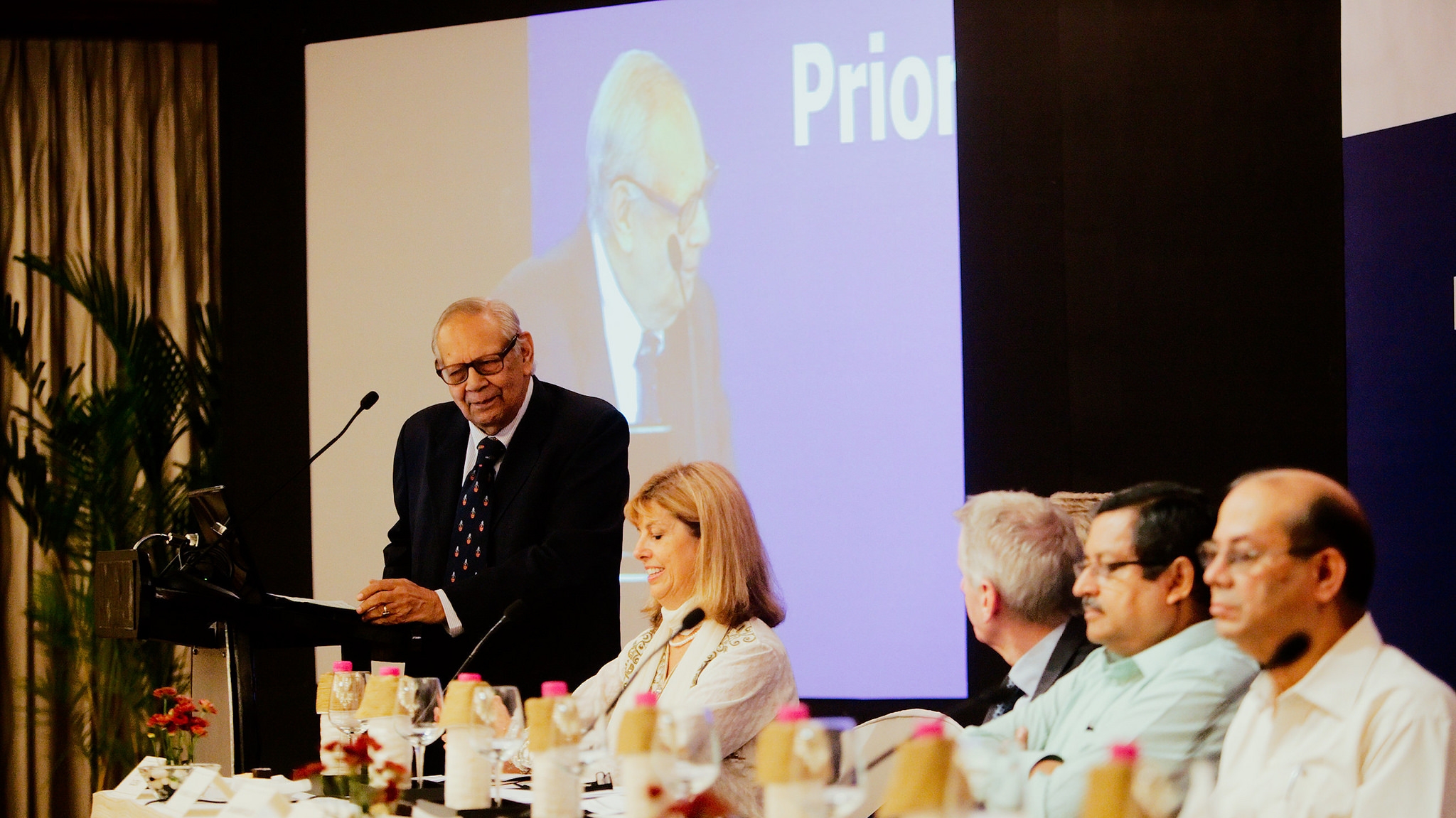Making Each Rupee go a Longer Way
How do we utilize every rupee spent on health care in the best possible way? The issue is particularly important for India as it ramps up health spending and moves forward on its ambitious agenda of providing health insurance to all under the National Health Assurance Mission (NHAM).
Even the world’s richest countries cannot assure all possible health services for every member of their population. In India the challenge is far greater. The country needs to meet the healthcare needs of one-sixth of all humanity with less than 1 percent of the funds spent globally on health care.
Presently, India spends about 4 percent of its GDP on health, much less than other countries at similar income levels. And of this, about 60 percent is spent by households, making them susceptible to impoverishment due to catastrophic health expenses.
The government is now gearing up to address this inadequacy. However, given finite health budgets, the key will be to determine which interventions should be prioritized so that health spending can bring the maximum benefit to the people.
“We need to make sure the rupee goes the longest way”, said Prof Ranjit Roy Chaudhury, advisor to the Ministry of Health & Family Welfare (MOHFW), and an eminent pharmacologist and champion of rational drug use in India.
Under the NHAM, the government plans to assure a core package of health services. Systematic priority setting will help the government decide which new services, drugs, or technologies need to be added to this package and which should be removed.
Determining these priorities will, however, not be easy. For instance, how do we choose between buying 5,000 infant warmers or a PET scan machine or MRI equipment?
To encourage an open dialogue on the issue, the World Bank and the MOHFW recently cohosted a workshop on priority setting and HTA, in conjunction with a forum of policymakers in New Delhi. The workshop was led by the National Institute of Health & Care Excellence (NICE) International, UK with financial support from the Department for International Development (DFID).
Reiterating the need to make informed decisions, Lov Verma, Secretary, MOHFW said that priority setting is an important tool for India as the country is at a crossroads. The NHAM will introduce health care as an entitlement for all. “But, what should our priorities be? There are so many competing interests and it’s important we use evidence to do so.”
Sir Andrew Dillon, chief executive of NICE said: “Everywhere in the world, policymakers have to make difficult choices about how best to use their resources to improve people’s health,” and reaffirmed NICE’s commitment to support MOHFW in this process.
Mr. Verma also announced that the Medical Technology Assessment Board (MTAB) created under the Department of Health Research will have an important role in priority setting.
Welcoming the announcement, Dr. Katoch, Secretary, Department of Health Research said that the government has been exploring new tools that can help set these priorities. The department has reviewed various global models for assessing health technology and found the NICE model closest to their thinking. Accordingly, they have signed a memorandum of understanding with NICE to support the department in building expertise in this task.
NICE is an independent body and one of the world’s leading organizations in health technology assessment. It is currently responsible for providing authoritative guidance and standards for England’s National Health Service.
The organization uses a tool - known as health technology assessment (HTA) – to compare various drugs, technologies and devices, evaluating them in terms of health benefits, value for money, as well as social, ethical and other policy considerations. The tool will help policy makers evaluate the clinical effectiveness of a public health service (such as immunization) or that of a drug or technology that is proposed to be added, as well as the cost effectiveness of the intervention. At present, India has limited capacity to do so.
The workshop, “Better Decisions for Better Health: Priority Setting & Health Technology Assessment for Universal Health Coverage in India” was attended by over 100 stakeholders from India’s health sector, including senior policy makers, international experts, academic and research institutions, industry representatives and others. Speakers and practitioners from several Asian and African countries, as well as global think tanks, also shared their experiences.
The World Bank Group has been closely engaged in providing technical assistance on priority setting and HTA among India’s policymakers. Earlier this year, it supported a successful knowledge exchange with NICE on this theme for senior central and state policymakers from India.
The World Bank Group organizes a series of knowledge exchanges between India’s major public health insurers – the Government Sponsored Health Insurance Schemes (GSHIS) – in partnership with and at the behest of the Ministry of Health and Family Welfare. Participants include over 15 large central and state programs that provide health coverage for over 300 million poor and informal sector beneficiaries.

